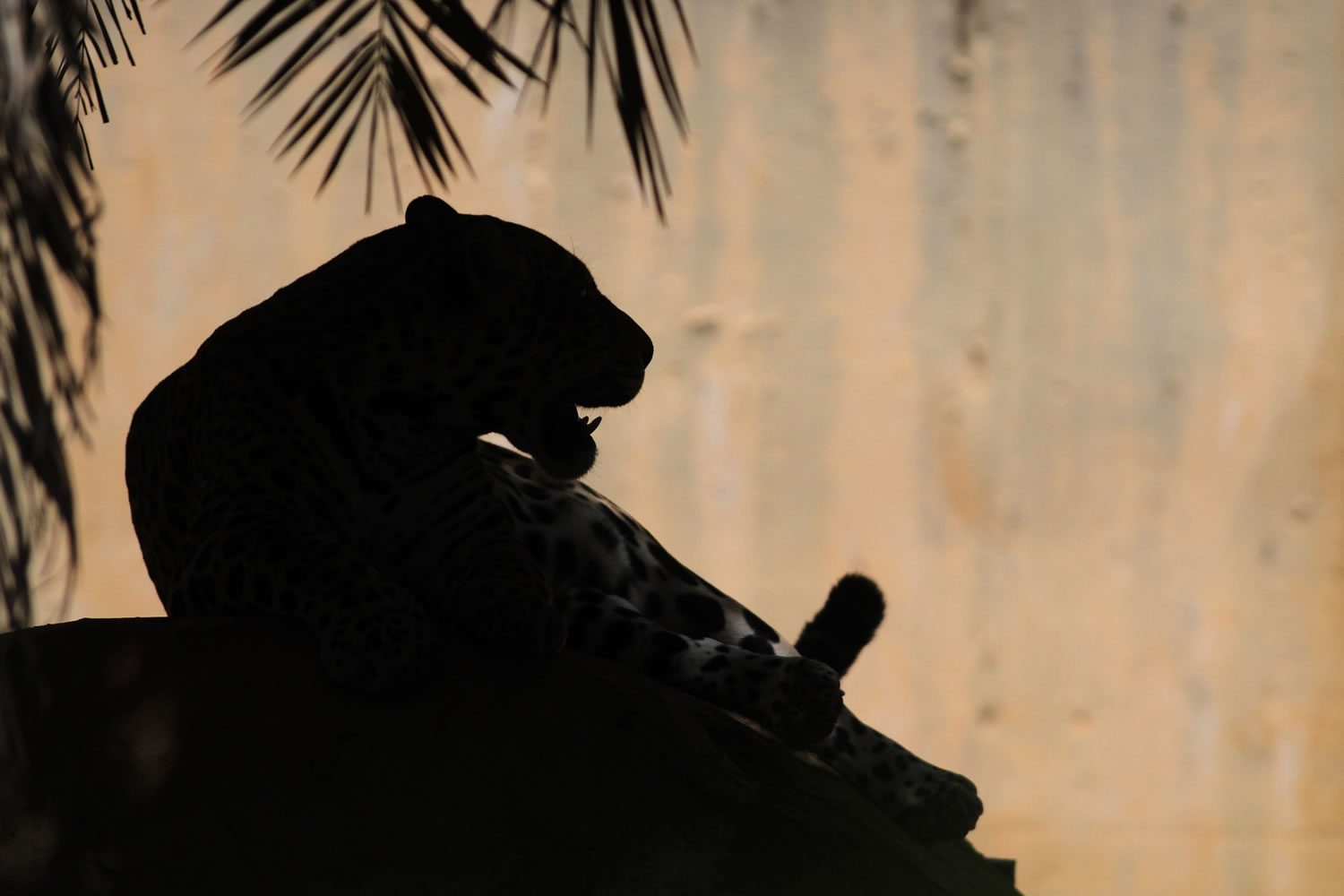Conservationists in Brazil are poised to try cloning eight animals, including jaguars and maned wolves, whose species are under pressure.
Other conservation groups have welcomed the plan, but they say the priority should always be to preserve species in the wild by minimizing hunting and maintaining habitats.
“While cloning is a tool of last resort, it may prove valuable for some species,” says Ian Harrison of the Biodiversity Assessment Unit at Conservation International in Arlington, Va. “Experimenting with it now, using species that are not at immediate risk of extinction, is important.”
None of the targeted animals are critically endangered, but Brazil’s agricultural research agency, Embrapa, wants a head start. Working with the Brasilia Zoological Garden, it has collected around 420 tissue samples, mostly from carcasses.
The eight species live in the Cerrado, a tropical savannah. The clones will be kept in captivity as a reserve in case wild populations collapse.
Within a month, Embrapa hopes to begin cloning the maned wolf, which is classified as “near threatened” by the International Union for Conservation of Nature and Natural Resources. About 13,000 remain across South America.
As well as jaguars and maned wolves, the researchers hope to clone black lion tamarins, bush dogs, coatis, collared anteaters, gray brocket deer and bison.
There are no plans to release cloned animals into the wild, says Embrapa’s Carlos Frederico Martins. Being clones, they would lack the genetic variability of wild populations.
Embrapa created Brazil’s first cloned animal in 2001, a cow that died last year. It has since cloned more than 100 animals, mainly cows and horses.
Rare animals have been cloned before, including the goatlike gaur, a wild sheep called a mouflon, a wild cow called the banteng and even an extinct mountain goat, the Pyrenean ibex, that died while being born via a surrogate mother. Since then, more versatile cloning techniques have been developed, increasing the chances of success.
“The key is foresight, to just save a little piece of skin, blood or other living cells before the genes from these individuals are lost from the planet forever. A freezer the size of a standard refrigerator could store the genetics for all the pandas in China, or all the mountain gorillas in Africa,” says Robert Lanza of Advanced Cell Technology in Marlborough, Mass., who headed the group that produced the gaur. “If you have the genetic material, you can produce sperm, for instance, and reintroduce genetic diversity whenever you want.”
Rhiannon Lloyd of the University of Portsmouth in the United Kingdom runs a facility that stores the DNA of threatened and extinct species. She backs Embrapa’s plan: “Collecting from dead specimens prevents the valuable information within their cells being lost forever.”



